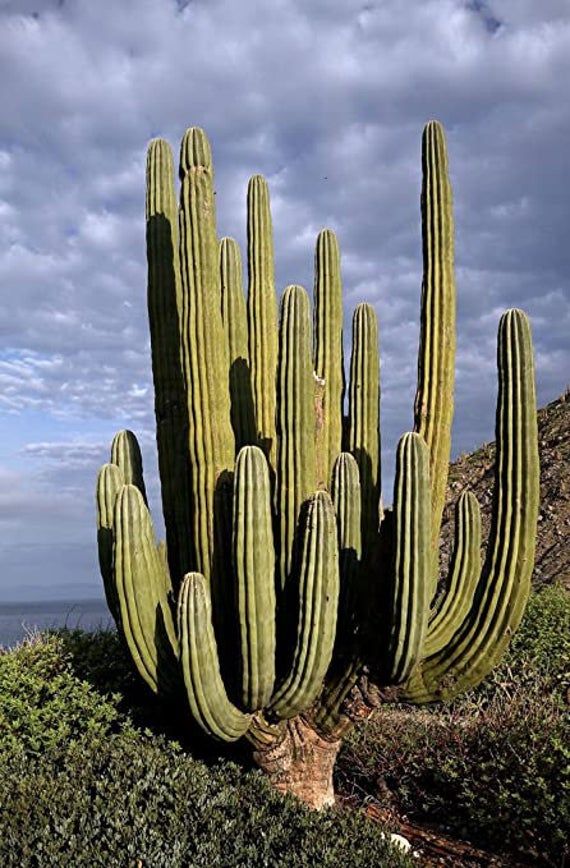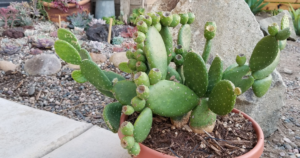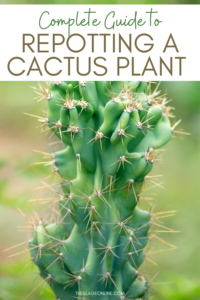The world of cacti is as mesmerizing as a sunlit desert landscape, shimmering with an array of shapes and sizes. Among the myriad of succulents, two iconic representatives, the Saguaro and the False Saguaro, stand tall as emblematic symbols of the arid regions of the American Southwest and Mexico. Understanding their differences not only enriches our appreciation of these remarkable plants but also illuminates the diverse environments they inhabit.
Both the Saguaro and its faux counterpart are often mistaken for one another, akin to actors in a play who share similar costumes yet portray vastly different characters. Delving into their characteristics reveals a tale of adaptation and evolution, one that underscores nature’s artistry in crafting survival mechanisms.
In this exploration, we shall journey through their biological frameworks, habitat preferences, and the cultural significance each has interwoven into the local folklore.
Shaping Identity: Physical Distinctions
The first and most apparent difference lies in their stature and growth patterns. The Saguaro (Carnegiea gigantea), famed for its thunderous height, can reach up to 40 feet tall and often takes decades to fully mature, resembling nature’s monumental skyscraper. In contrast, the False Saguaro (Pachycereus pringlei) often grows slightly shorter, averaging between 20 to 30 feet, though it can also achieve impressive heights. These physical differences not only designate each cactus’s identity but also forge their life strategies.
Another striking difference is in the arrangement and number of arms. The Saguaro typically begins to develop its arms at around 50 to 70 years, giving it the iconic, ‘outstretched’ appearance that so many associate with the American West. Meanwhile, the False Saguaro is more ambitious; it tends to grow multiple arms earlier in its life cycle, creating a bushy, exuberant silhouette. The arms of the False Saguaro often arch dramatically, reminiscent of dancers mid-performance, whereas the Saguaro’s arms appear to reach skyward, embodying steadfastness and resilience.
Beyond their height and arm structure, the texture and color of their skins also distinguish these two titans. The Saguaro exhibits a vibrant green hue, adorned with pronounced ribs that provide structural integrity and can store water. The False Saguaro’s skin, however, tends to be a lighter green with a smoother surface, showcasing large spines that are often intimidating to the uninformed observer. These spines serve a dual purpose: they provide shade and deter herbivores—nature’s clever defense mechanism.
The Essence of Place: Habitat and Distribution
Geography plays a fundamental role in the existence of these cacti. The Saguaro is indigenous to the Sonoran Desert, which spans parts of Arizona, California, and Mexico. This iconic landmark thrives in regions that offer ample sunlight and, critically, summer rainfall. Here, it establishes a nurturing community with a multitude of other desert life forms, standing tall among them like an ancient sentinel watching over the golden sands.
On the other hand, the False Saguaro typically finds its niche in the more arid, rocky environments of lower Sinaloa and Sonora in Mexico. Favoring these harsher climates, it displays an impressive resilience against drought but is less tolerant to the cold compared to its counterpart. Understanding the nuanced habitats of these cacti illuminates how geographical variables significantly influence their evolutionary paths and adaptation.
Cultural Resonance: Symbolism and Folklore
Both the Saguaro and the False Saguaro have amassed cultural importance over the years, becoming symbols of endurance in local folklore. The Saguaro’s towering presence is frequently depicted in Western movies and literature as a representation of isolation and survival in a vast wilderness, akin to lonely troubadours navigating through life’s challenges. They embody the spirit of the desert: majestic, formidable, and deeply ingrained in the collective imagination of the American Southwest.
In Mexican culture, the False Saguaro, while less renowned in popular media, holds its own unique place. Often found in indigenous art and practices, it resonates with themes of sustenance and life in harsh conditions. The ways in which it has been utilized for medicinal purposes and traditional crafts underline a relationship forged through adaptation and respect for nature’s offerings.
As we reflect on the lives and legacies of the Saguaro and False Saguaro, it becomes evident that each tells a tale of survival shaped by their intrinsic characteristics and the environments they inhabit. Just as two actors with their distinct interpretations of a role can leave an audience with profound insights, these iconic cacti enrich our understanding of biodiversity in our planet’s deserts. Their existence reminds us that beauty and resilience often flourish in the most unexpected climates, a lesson worth cherishing as we traverse our own life narratives.





Leave a Comment